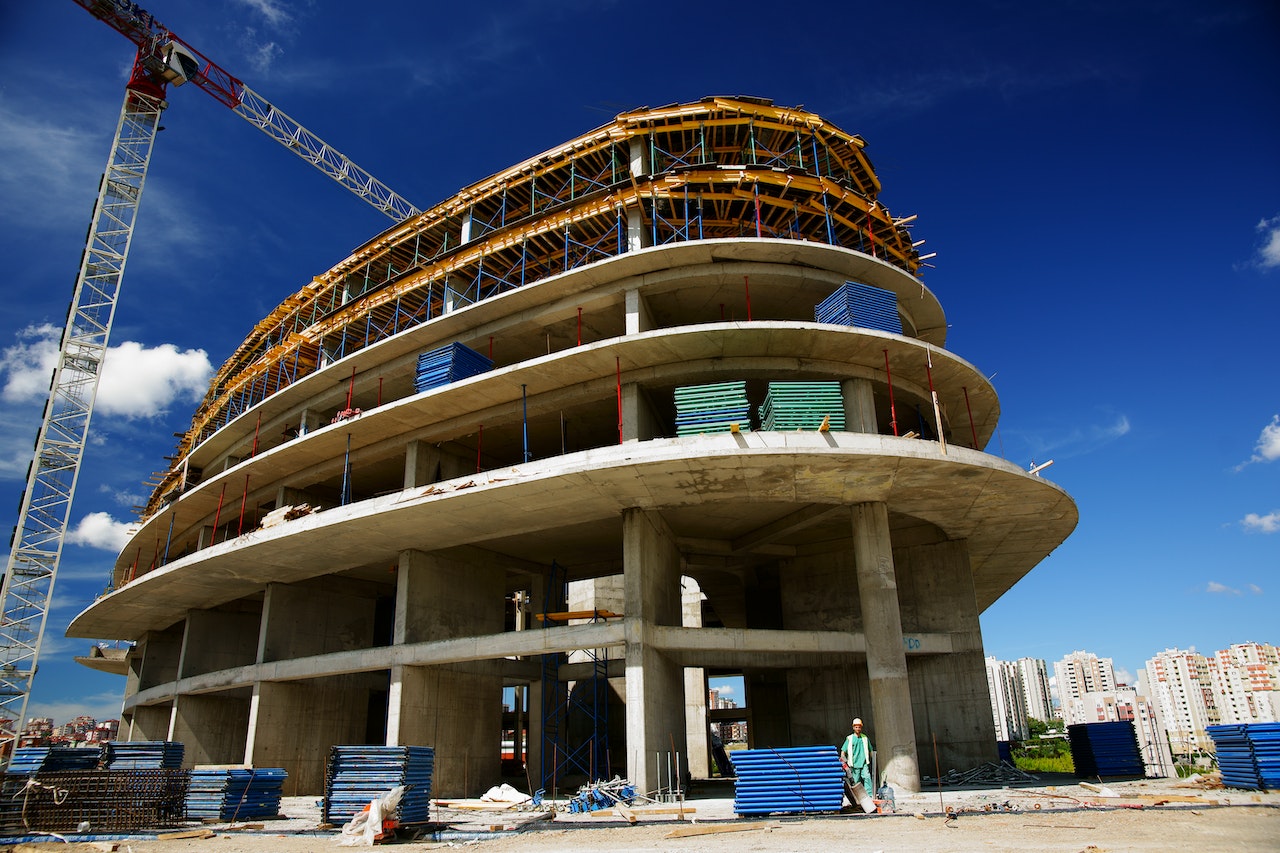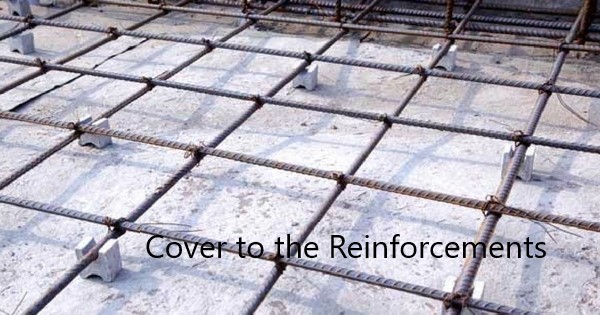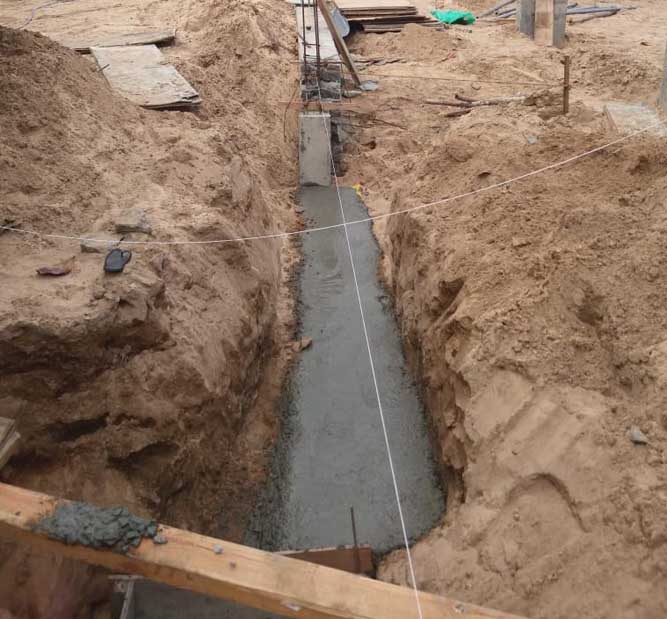In the world of construction, the choice between steel structures and reinforced concrete structures is a crucial one. Both materials offer unique advantages and have their own set of drawbacks.
To make an informed decision, it’s essential to understand the differences, benefits, and limitations of each option.
In this comprehensive article, we’ll explore the battle of steel structures versus reinforced concrete structures, comparing them in terms of durability, cost-effectiveness, sustainability, architectural flexibility, aesthetic appeal, and more. So, let’s dive in!
Steel Structures
Steel structures are known for their strength and versatility. They consist of steel columns, beams, and frames, providing exceptional load-bearing capacity.
Steel is an alloy primarily composed of iron and carbon, with small amounts of other elements such as manganese, silicon, and phosphorous.
Properties of Steel
Before delving into the specifics, let’s take a closer look at the properties of steel. Steel is lauded for its high tensile strength, which allows it to withstand heavy loads and structural stresses.
Additionally, it is incredibly ductile, meaning it can deform without breaking under pressure. These properties make it a prime choice for construction in various applications.
Structural steel is a widely used construction material known for its exceptional properties and versatility in various building applications. Here are some key properties of structural steel:
- High Strength: Structural steel possesses a high tensile strength, making it capable of withstanding heavy loads and stresses. This property allows for the construction of large and tall structures.
- Ductility: Steel is ductile, meaning it can be easily molded and bent without breaking. This makes it suitable for various shapes and configurations in construction.
- Durability: Structural steel is highly resistant to environmental factors such as corrosion, rust, and decay. This durability ensures that structures made from steel have a long lifespan and require minimal maintenance.
- Fire Resistance: While steel is not completely fireproof, it has excellent fire-resistant properties. It retains its structural integrity at high temperatures, which is crucial for safety in building fires.
- Economical: Steel is a cost-effective material for construction due to its high strength-to-weight ratio. It allows for the creation of lighter and more efficient structures, reducing material and labor costs.
- Versatility: Steel can be easily adapted to various architectural designs and construction requirements. It can be prefabricated and customized to meet specific project needs.
- Recyclability: Steel is one of the most recycled materials globally, contributing to sustainability in construction. It can be reused without losing its quality, reducing the environmental impact of construction projects.
- Consistency: Structural steel is produced to meet strict industry standards, ensuring uniformity in material properties and quality.
- Resilience: Steel structures have the ability to withstand extreme weather conditions, including earthquakes and hurricanes, due to their flexibility and strength.
- Lightweight: Despite its strength, steel is relatively lightweight compared to other construction materials like concrete or wood. This characteristic simplifies transportation and assembly on construction sites.
- Speed of Construction: Steel construction often involves pre-fabrication, allowing for faster assembly and shorter construction schedules compared to traditional methods.
- Design Flexibility: Steel’s versatility allows architects and engineers to create innovative and complex designs, including large spans, curved shapes, and cantilevered structures.
- Sustainability: The recyclability of steel, along with its long lifespan and energy-efficient properties, makes it an eco-friendly choice for construction projects.
- Low Maintenance: Steel structures require minimal maintenance over their lifetime, reducing ongoing costs for building owners.
- High-Quality Finishes: Steel surfaces can be finished to meet aesthetic requirements, including various coatings, paints, and textures.
Reinforced Concrete Structures
Reinforced concrete structures, on the other hand, are a combination of concrete and steel. Concrete, a mixture of cement, water, and aggregates, provides compressive strength, while steel reinforcement bars (rebar) add tensile strength to the structure.
Reinforced concrete structure are very popular in the world due to their readily arability for construction and its high load carrying capacity when comparted to the other types of structural materials.
Concrete elements are strong and more durable than steel. They can withstand against the aggressive environments.
The fusion of concrete and steel in reinforced concrete structures creates a material that can withstand both compression and tension forces. This combination has revolutionized the construction industry, offering a versatile solution for architects and engineers.

Strength and Durability
- Steel Structures
Steel structures are incredibly strong and have a high tensile strength, making them suitable for tall buildings, bridges, and industrial facilities.
They can withstand earthquakes and extreme weather conditions, making them a popular choice for areas prone to natural disasters.
- The Resilience of Steel
Steel’s ability to endure extreme conditions sets it apart in the construction world.
From skyscrapers that touch the clouds to bridges spanning vast rivers, steel’s strength and durability are unmatched.
When the world looks up at a towering structure, it’s often steel that holds it together.
- Reinforced Concrete Structures
Reinforced concrete structures offer excellent compressive strength, making them ideal for buildings and structures that do not require as much tensile strength.
However, they may not be as resilient in seismic zones compared to steel structures.
- The Concrete Fortress
Concrete, when reinforced with steel, becomes a fortress against compression forces.
It’s the material of choice for many residential and commercial buildings.
However, it faces a formidable opponent in the form of earthquakes, where its performance may falter.
Cost-Effectiveness
Steel Structures
While steel structures are durable, their initial construction cost can be higher than that of reinforced concrete structures.
However, their longevity and minimal maintenance costs often make them a cost-effective choice in the long run.
- The Initial Investment
Investing in steel structures can feel like a substantial financial commitment at the outset.
The steel itself, along with specialized labor for welding and shaping, contributes to the initial cost.
But it’s crucial to view this as an investment in long-term stability.
- The Long-Term Gains
Steel structures boast a longer lifespan with minimal maintenance.
They do not succumb to the same level of wear and tear as other materials, making them a wise choice for those looking beyond the immediate horizon.
Reinforced Concrete Structures
Reinforced concrete structures are often more affordable to build initially, especially for low-rise buildings.
However, ongoing maintenance and repair costs can be higher due to the susceptibility of concrete to cracking and degradation over time.
- The Economical Start
Concrete offers an economical start for construction projects, particularly for residential buildings and smaller-scale structures.
Initial construction costs are often lower, which can be appealing to budget-conscious developers.
- The Maintenance Challenge
Concrete’s Achilles’ heel lies in its vulnerability to cracking and degradation over time.
Regular maintenance and repair work are essential to ensure the longevity of concrete structures, which can translate to higher expenses in the long run. However, attention is not required same as the steel structures.

Sustainability
Steel Structures
Steel is highly recyclable, making steel structures an eco-friendly option. Additionally, steel construction processes have become more energy-efficient over the years, reducing their carbon footprint.
Steel’s eco-friendliness is a significant draw for environmentally conscious builders. The ability to recycle steel reduces the demand for new raw materials, conserving natural resources and reducing waste.
Reinforced Concrete Structures
Concrete production can have a significant environmental impact due to the energy-intensive process of cement manufacturing.
However, advances in sustainable concrete mixtures and construction techniques are improving the environmental performance of reinforced concrete structures.
Concrete’s environmental impact arises primarily from the production of cement, which releases a substantial amount of carbon dioxide into the atmosphere.
However, ongoing research into alternative, greener cement production methods holds promise for reducing its ecological footprint.
Architectural Flexibility
Steel Structures
Steel’s high strength-to-weight ratio allows for open and spacious interior designs. It enables architects to create unique and innovative structures with large spans and minimal columns.
Architects love the canvas that steel provides. The ability to span vast spaces with fewer obtrusive columns allows for breathtaking designs, both in terms of aesthetics and functionality.
However, the requirement of lateral bracings specially at the perimeter of the buildings, obstruct the windows. These also can be managing smarter way too.
Reinforced Concrete Structures
While reinforced concrete can also achieve impressive architectural designs, it may require more columns and support compared to steel structures, limiting the flexibility of interior spaces.
Concrete’s inherent properties often necessitate a higher number of support columns, potentially impacting the layout and aesthetics of a building’s interior. However, creative design can mitigate this limitation to some extent.
In the ongoing battle of steel structures vs. reinforced concrete structures, there is no one-size-fits-all answer. The choice depends on various factors, including the specific project requirements, budget, location, and sustainability goals.
Steel structures excel in terms of strength and durability, making them ideal for skyscrapers and critical infrastructure. On the other hand, reinforced concrete structures offer cost-effective solutions for a wide range of building types.
Ultimately, the decision should be based on a thorough assessment of the project’s needs and objectives. Whichever material you choose, it’s essential to work with experienced engineers and architects who can optimize the design and construction process.
FAQs
Q1: Which is more earthquake-resistant, steel, or reinforced concrete structures?
Both steel and reinforced concrete structures can be designed to be earthquake-resistant. The choice depends on factors such as the seismic activity in the area and the specific structural requirements.
Q2: Are steel structures more sustainable than reinforced concrete structures?
Steel structures have a higher recyclability rate, but the sustainability of either material depends on factors such as the source of materials and construction practices.
Q3: Can steel structures be as aesthetically pleasing as reinforced concrete structures?
Yes, steel structures can be designed to be highly aesthetic and offer architectural flexibility similar to reinforced concrete structures.
Q4: Which material is more suitable for residential buildings?
Reinforced concrete structures are often preferred for residential buildings due to their cost-effectiveness and ease of construction for low-rise structures.
Q5: What is the lifespan of steel structures compared to reinforced concrete structures?
With proper maintenance, both steel and reinforced concrete structures can have long lifespans. Concrete structures may require less maintenance over time.
Q6: Are there any notable architectural landmarks made of steel or reinforced concrete?
Yes, there are many iconic structures made of both materials. The Eiffel Tower in Paris is a famous steel structure, while the Hoover Dam in the United States is a notable example of a reinforced concrete structure.
Q7: How does the weight of steel and concrete affect the construction process?
Steel’s lighter weight compared to concrete can simplify the construction process, especially in terms of transportation and assembly. Concrete’s weight may require more extensive support systems during construction.
Q8: Can steel and concrete be used together in a single structure?
Yes, it is possible to use both materials in a hybrid structure. This approach allows designers to capitalize on the strengths of each material for specific parts of a building.
Q9: Are there any notable disadvantages of using steel or concrete in construction?
Steel is susceptible to corrosion, while concrete can crack over time. Proper maintenance is essential to mitigate these issues. Additionally, steel can be more expensive initially, and concrete production has environmental impacts.
Q10: How has technology influenced the construction industry’s use of steel and concrete?
Advances in technology have led to more efficient construction methods for both steel and concrete structures. Computer-aided design and engineering software have improved the precision and safety of construction processes.
Additionally, innovations in materials science have led to the development of stronger and more sustainable building materials.


